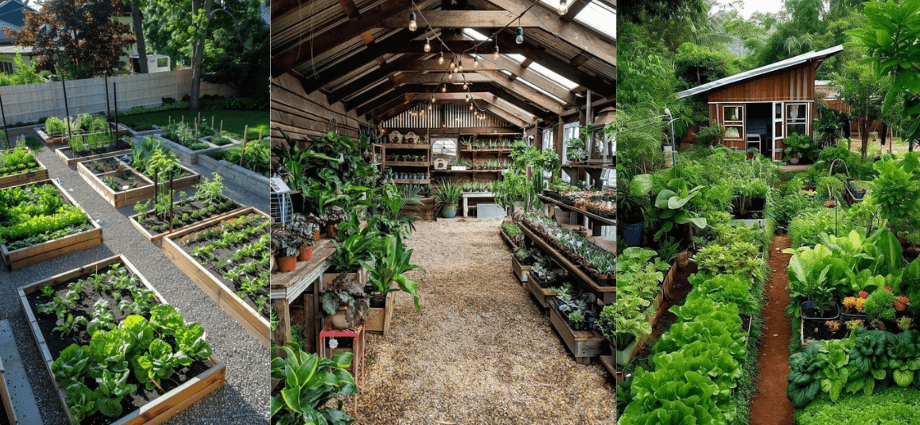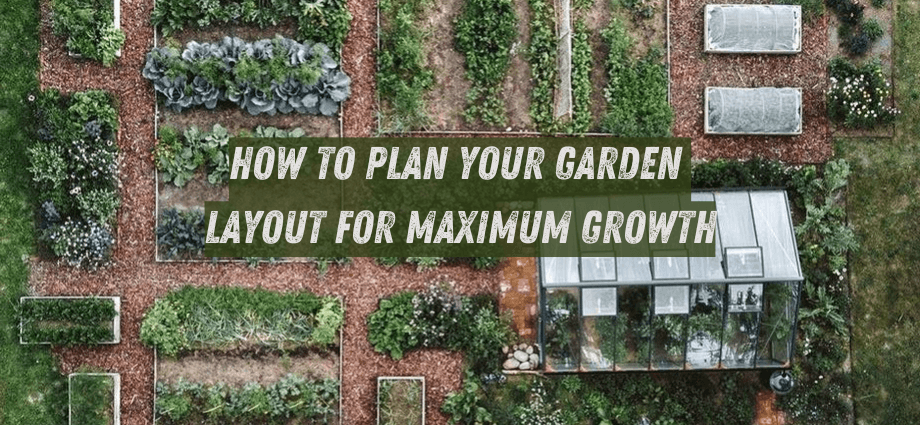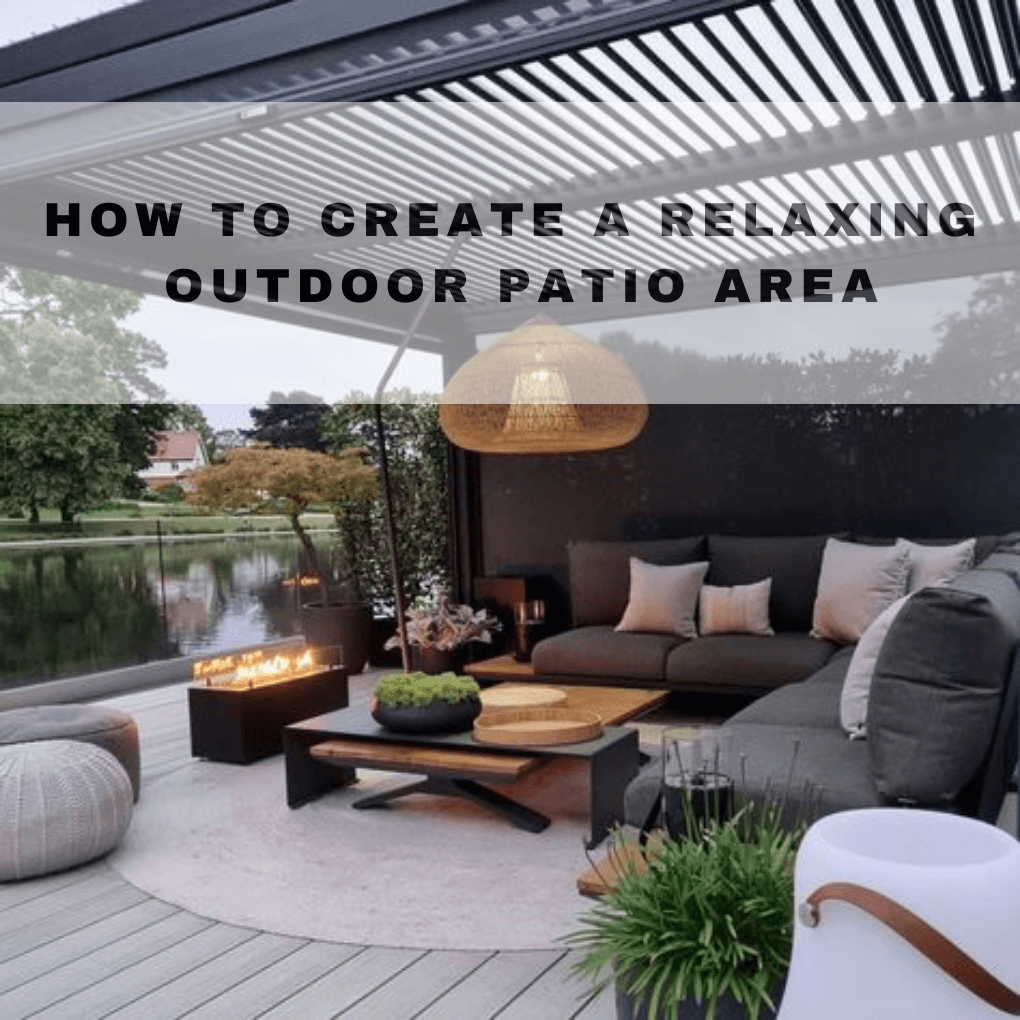Planning your garden layout is key to ensuring that your plants thrive. A well-thought-out garden layout allows you to maximize the available space, improve plant health, and make gardening tasks easier. This guide will walk you through important considerations to help you plan your garden layout for the best possible growth.
Understanding Your Garden Space

Before you start planting, it’s important to understand the space you’re working with. The size of your garden, sunlight exposure, and soil quality will all influence the success of your plants.
Measure Your Garden Area
- Start by measuring your garden space. This will help you create a clear plan and avoid overcrowding.
- Mark the boundaries of your garden and measure the length and width to estimate the space for each plant.
Knowing the dimensions gives you a better sense of how much room you have for various plant types and helps in planning pathways and access points.
Assess Sunlight and Shade
- Observe how sunlight moves through your garden. Some plants need full sun, while others thrive in partial or full shade.
- Use a garden journal or markers to track sun patterns across different seasons.
- Remember that the sun’s position changes with the seasons, which can affect plant growth.
By understanding how sunlight falls on your garden, you can place sun-loving plants where they’ll get the most light, while shade-tolerant plants can go in the cooler, shaded areas.
Check Soil Quality
- Test your soil’s pH level and nutrient content. You can buy a soil testing kit or send samples to a local lab.
- Loamy soil is ideal for most plants, while clay soil needs good drainage, and sandy soil may need added organic matter.
- Amend your soil based on the test results. This can help ensure plants have the nutrients they need for strong growth.
A healthy soil foundation is crucial for strong plant growth, so spend time getting to know your garden’s soil needs.
Plant Selection for Maximum Growth
Choosing the right plants is essential for a healthy garden. Start by selecting plants that are well-suited to your climate. Native plants tend to grow best because they are adapted to local weather conditions. It’s also important to group plants based on their light and water needs. For example, sun-loving plants should be placed in the brightest areas, while shade-tolerant ones can go in shadier spots. This grouping helps ensure that each plant gets the conditions it needs to thrive.
Another key consideration is the mature size of your plants. Tall plants should be placed at the back or in the center of garden beds to avoid blocking sunlight for smaller plants. Make sure there’s enough space for plants to grow to their full size without overcrowding. This promotes better airflow, reduces competition for nutrients, and helps prevent plant diseases.
Design Tips for Efficient Layout
When designing your garden layout, think about space efficiency and how easy it will be to maintain your plants. A good design will also consider factors like ease of access and how plants grow over time.
Rows vs. Raised Beds
- Rows: Traditional row planting works well for crops like vegetables. It allows easy access to each plant, especially if you have wide garden space.
- Raised Beds: Raised beds provide better drainage and can help prevent soil compaction. They are also easier to maintain, especially for small gardens or gardens with poor soil.
- Combination: In some cases, using both rows and raised beds in different areas of the garden may be the best solution.
Choosing between rows and raised beds depends on your garden size, the types of plants you want, and your maintenance preferences.
Companion Planting for Pest Control
- Marigolds with Tomatoes: Marigolds help repel pests like aphids and whiteflies, which are common problems for tomato plants.
- Basil with Peppers: Basil not only improves the flavor of peppers but also repels pests like aphids and spider mites.
- Carrots with Onions: Carrots and onions work well together because onions help repel pests that affect carrots, such as carrot flies.
Companion planting is a natural way to protect your plants from pests and improve overall garden health.
Plan for Accessibility and Maintenance
- Leave at least 18–24 inches between plants for easy access to water and prune.
- Create wide enough paths between garden beds so you can walk through without stepping on the plants.
- Plan for regular maintenance access so you can reach plants with ease for weeding and harvesting.
Planning for accessibility makes routine garden maintenance much easier and ensures that you can care for your plants with minimal disruption.
Maximizing Growth with Proper Care
Once you have the perfect garden layout, it’s important to care for your plants to help them grow to their full potential. Proper care will ensure they stay healthy and productive.
Watering Techniques
- Water early in the morning or late in the evening to reduce evaporation.
- Deep watering is better than frequent shallow watering, as it encourages plants to develop deeper roots.
- Use soaker hoses or drip irrigation to provide water directly to the roots, minimizing waste and water stress.
Good watering techniques help your plants grow strong and healthy, while reducing water waste.
Mulching and Feeding
- Mulching: Apply a 2–3 inch layer of organic mulch around plants to retain moisture, suppress weeds, and keep the soil temperature stable.
- Fertilizing: Use organic fertilizers or compost to provide essential nutrients to your plants.
- Weeding: Regularly remove weeds that compete with your plants for nutrients and water.
Mulching and feeding your plants properly is a key part of maintaining a healthy garden, supporting plant growth throughout the growing season.
Regular Monitoring
- Check your plants for pests and diseases regularly. Early detection can save plants from serious damage.
- Look for signs of nutrient deficiencies, like yellowing leaves or stunted growth, and adjust your care routine accordingly.
- Inspect soil moisture levels to ensure your plants are getting the right amount of water.
Regular monitoring helps prevent major issues and ensures that your plants stay healthy.
Conclusion
Planning your garden layout for maximum growth involves understanding your space, choosing the right plants, and taking good care of them. By following these steps, you can create a productive garden that will provide beauty and nourishment for years to come. Start by assessing your space and selecting plants that will thrive, and don’t forget to plan for ongoing care and maintenance. A little time spent on planning now can pay off with a lush, thriving garden later.




